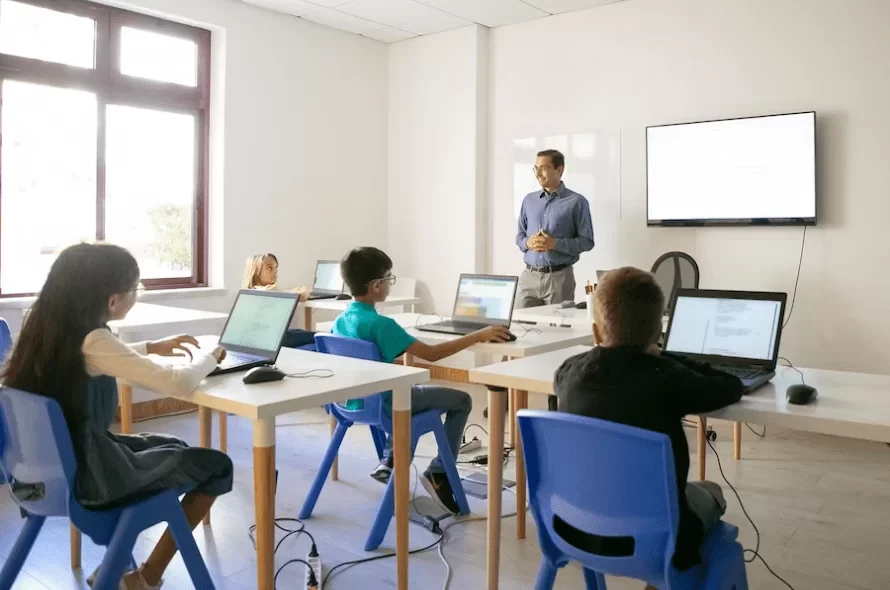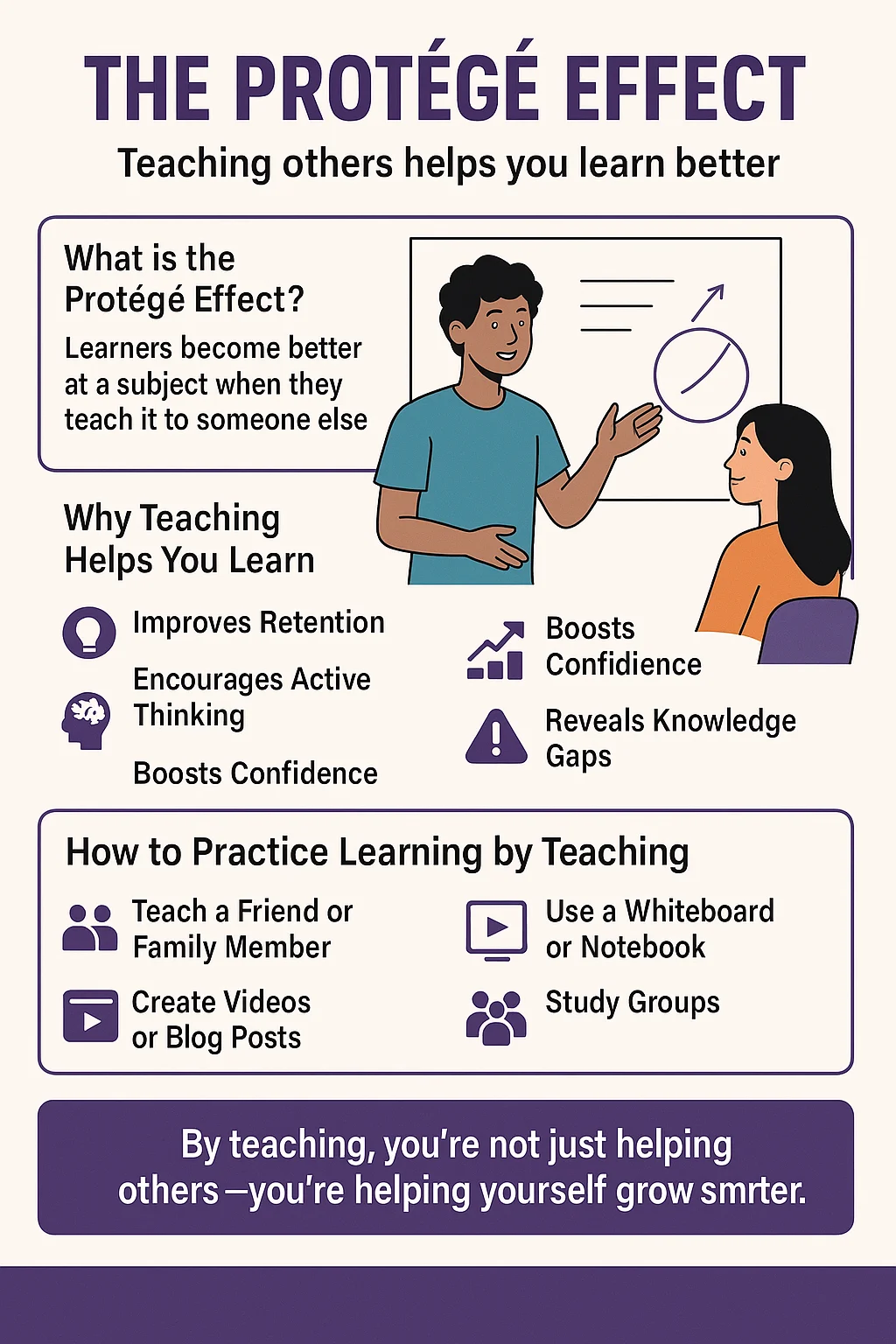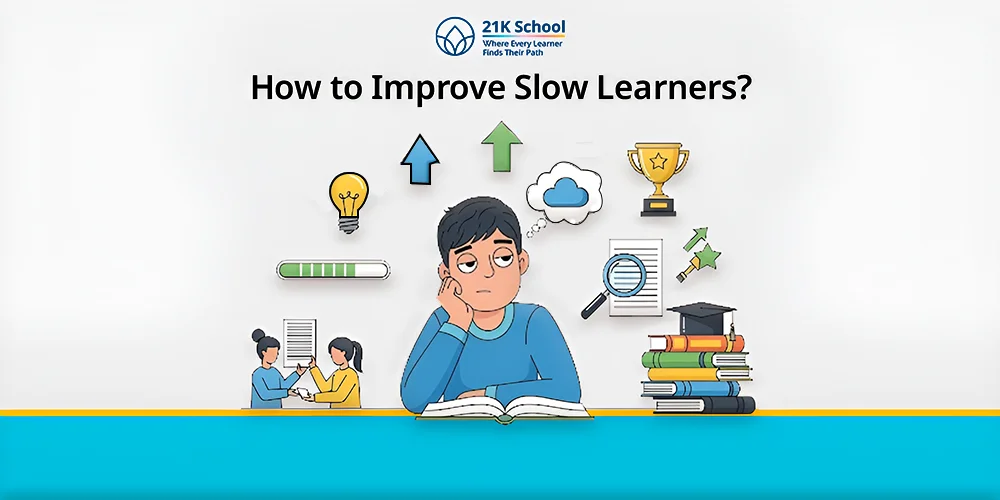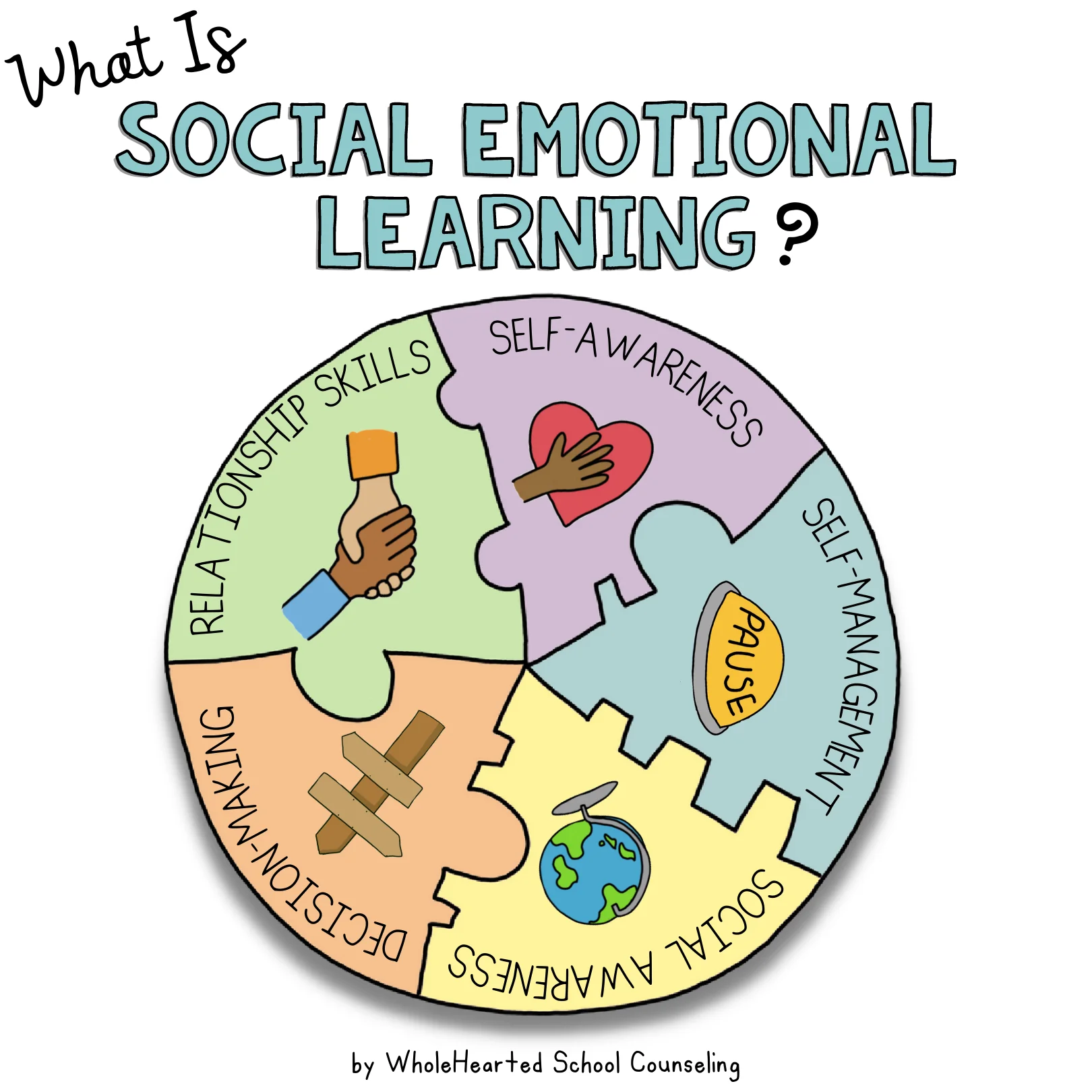Education has always been the foundation of progress. But if you take a closer look at most classrooms today, you’ll realize that many are still built around methods that were designed a century ago. Rows of desks, chalkboards, strict schedules, and one-size-fits-all teaching — sound familiar?
The truth is, the world outside those classroom walls has changed drastically. Technology, the internet, and new ways of thinking have transformed how we live and work. So, shouldn’t education evolve too?
🎓 The Problem with Traditional Learning
Traditional education focuses heavily on memorization, repetition, and exams. While these methods have their place, they don’t necessarily prepare students for the modern world.
In real life, success often depends on creativity, communication, adaptability, and problem-solving — skills that can’t be developed just by reading from a textbook. Students today need more than facts; they need to know how to use those facts in meaningful ways.
Too often, traditional classrooms reward students for getting the “right answer,” but not for asking the right questions. That’s a huge missed opportunity.
💡 The Shift Toward Modern Education
Thankfully, education is slowly changing. Schools and teachers around the world are embracing modern learning approaches that focus on real-world skills and critical thinking. Here’s what that looks like:
Project-Based Learning (PBL): Instead of memorizing theories, students work on hands-on projects that solve real problems. For example, designing a sustainable garden or developing a community app.
Technology Integration: Laptops, tablets, and digital tools are no longer distractions — they’re essential parts of learning. Students can collaborate online, access interactive lessons, and learn at their own pace.
Personalized Learning: Every student is different. Modern classrooms recognize that by tailoring lessons to individual learning styles and abilities.
Collaborative Learning: Group discussions and teamwork help students build communication and leadership skills — things you can’t learn by studying alone.
🌍 Education for the Real World
In the 21st century, information is everywhere. You can learn almost anything online, from coding to cooking. So the goal of education can’t just be information delivery anymore — it has to be skill development.
Modern education should teach students how to learn, not just what to learn. It should encourage curiosity, teach emotional intelligence, and foster global awareness. After all, today’s students are tomorrow’s innovators, entrepreneurs, and leaders.
Imagine a world where schools encourage students to think creatively, explore their passions, and take ownership of their learning. That’s what education should aim for — preparing young minds not just to pass exams, but to thrive in life.
🧠 Teachers as Guides, Not Just Instructors
In this new model, the teacher’s role changes from being the “source of knowledge” to being a guide or mentor. Instead of telling students what to think, teachers help them learn how to think.
A good teacher today doesn’t just deliver information — they inspire curiosity, support experimentation, and encourage lifelong learning. When students feel empowered to explore, their motivation skyrockets.
🚀 The Future of Learning
The education system of the future will likely look very different from what we see now. Virtual classrooms, hybrid learning, AI tutors, and skills-based education are already reshaping how we learn.
But one thing will never change: the need for human connection. The best education combines technology with empathy — using innovation to make learning more inclusive, interactive, and meaningful.
✨ Final Thoughts
Education shouldn’t be about fitting every student into the same mold. It should be about helping each one discover their strengths and potential. The world is evolving, and it’s time education evolved with it.
If we want to prepare students for a fast-changing, unpredictable future, we need to rethink how we teach, what we teach, and — most importantly — why we teach. The classrooms of tomorrow should inspire creativity, collaboration, and curiosity — because that’s what true learning is all about.







No comments yet. Be the first to share your thoughts!